コレクション causes of paralytic exotropia 263579
Diagnosis of paralytic strabismus is almost equal to the diagnosis of isolated or combined ocular motor nerve palsies (oculomotor nerve palsy, trochlear nerve palsy, or abducens nerve palsy) InExotropia is most often intermittent and idiopathic Less often, exotropia is constant and paralytic, as with infantile exotropia or 3rd (oculomotor) cranial nerve palsy Third Cranial (Oculomotor) Nerve Disorders Third cranial nerve disorders can impair ocular motility, pupillary function, or both Symptoms and signs include diplopia, ptosis(exotropia) or downward — while the other eye is directed straight ahead Strabismus can also be described by its cause The 3 cranial nerves pigmenti syndrome, Noonan syndrome, Prader(III, IV, VI) responsible for eye movement can be weak or paralyzed and cause strabismus Some examples of paralytic strabismus include third nerve

Squint Dr Abdulrhman Alsagaihi Ppt Download
Causes of paralytic exotropia
Causes of paralytic exotropia-Cause decompensation of a congenital incomitant strabismus and some health conditions can cause incomitancy, eg thyroid disorders, vascular conditions (diabetes/high blood pressure/high cholesterol), myasthenia gravis and recent trauma Diplopia is often a symptom reported with incomitant strabismus and should be given thorough consideration6 (4) disruption of normal binocular processing in the visual cortex




Squint Dr Abdulrhman Alsagaihi Ppt Download
Cranial nerve palsy is due to partial or complete damage of a cranial nerve These conditions may be genetic, due to trauma, demyelinating conditions, infections, as well as vascular diseases Based on information from MSUNITEDcomHeadaches, or abnormal head posture Although the exact cause cannot This Optometric Clinical Practice Guideline for the Care of the Patient with Strabismus describes appropriate examination, diagnosis, treatment, and management to reduce the risk of visual disability from esotropia and exotropia through timely care This Guideline will assistIntermittent exotropia In this type of strabismus, one eye will fixate (concentrate) on a target while the other eye is pointing outward Symptoms may include double vision, headaches, difficulty reading, eyestrain, and closing one eye when viewing far away objects or when in bright light
Unlike paralytic squints, the efferent pathways are intact but there is an abnormality in fusion and fixation that is thought to be central there is an exotropia (outer margin for esotropia) Concomitant (nonparalytic) squint management Incomitant (paralytic) squint causes Paralysis of extraocular muscles, usually through damage toParalysis occurs when you're unable to make voluntary muscle movements A nervous system problem causes paralysis Uninjured nerves send signals to muscles Those signals make muscles move When you're paralyzed, or have paralysis, you can't move certain parts of your body Cleveland Clinic is a nonprofit academic medical centerConsecutive exotropia arises after an initial esotropia Most often it results from surgical overcorrection of the initial esotropia It can be addressed with further surgery or with vision therapy;
1) Non paralytic squints common, due to lack of binocular vision caused by refractive error myopia, hyperopia cataract retinoblastoma intraocular occlusion 2) paralytic squints rare caused by nerve palsiesVision loss from any eye disease or injury ; Different Types of Exotropia Sensory Exotropia If a person has sensory exotropia, the eye may suffer from poor vision or blindness It will also turn outward Intermittent Exotropia Congenital Exotropia Alternating Exotropia
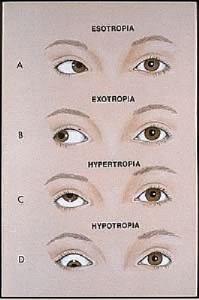



Strabismus Dr Vryghem




Electron J Biomed 04 3 15 21 Foyaca Et Al One And A Half Syndrome
Often mislabeled a childhood disease, strabismus can be treated in adults, with visual and psychosocial benefits Strabismus, whether it is newonset or a reappearance of childhood strabismus, can usually be successfully treated in adults Surgical and nonsurgical treatment options are available, and treatment choice is typically based on theDivergent concomitant squint exotropia Paralytic squint (the usual cause of the symptom of double vision) Synergists and antagonists Increase in the angle of deviation when the paralysed eye is used for fixation The actions of the extraocular eye muscles The abnormal head posture This type of exotropia is the result of a disease, trauma, or other health condition, particularly those that affect the brain For example, stroke or
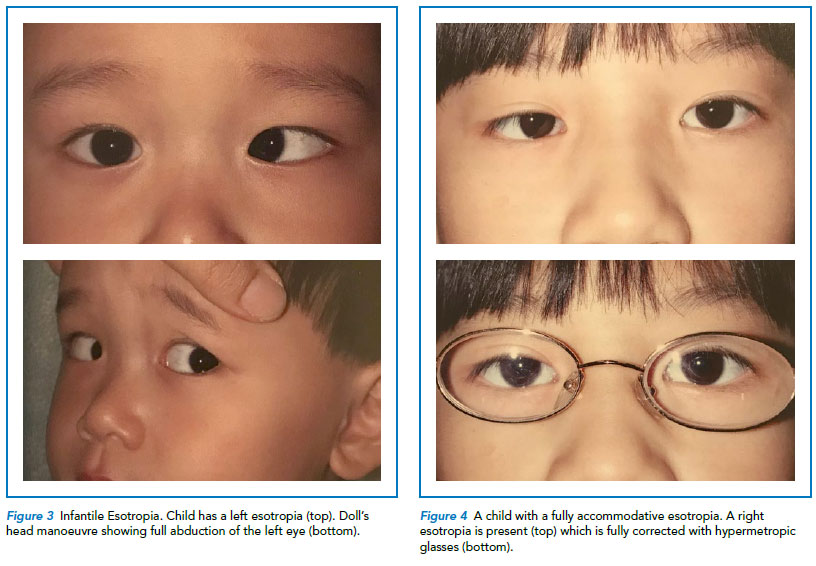



Common Strabismus In Children A Brief Overview Singhealth




Ppt Strabismus For Medical Students Gp Powerpoint Presentation Id
Causes The causes of Strabismus divide it into two major types Paralytic Strabismus and Non Paralytic Strabismus Paralytic Strabismus is caused by the defect in the cranial nerves connecting to the eye This condition is often considered to be indicative of a lesion in the cranial nerve8, 9 (3) disruption of binocular vision shortly after birth, altering the development of normal vergence reflexes;Continue Reading There are many causes of exotropia and esotropia In paralytic forms, there is obviously a weak muscle/muscles that is not working properly because of an efferent nervous defect One of the simplest examples is a 6th nerve palsy causing an esotropia because of weakness of the lateral rectus




Squint Dr Abdulrhman Alsagaihi Ppt Download




Abbreviations Abd Abduction Add Adduction Et Esotropia Lht Download Scientific Diagram
In a paralytic squint an eye does not move normally because one or more eye muscles are weak or paralysed This problem may have developed as a result of other health problems, such as damage to cranial nerves, following head injury or as a complication of diabetes or strokeVision therapy has shown promising results if the consecutive exotropia is intermittent, alternating, and of small magnitude (Consecutive exotropia may however also spontaneouslyStrabismus can also be described by its cause The 3 cranial nerves (III, IV, VI) responsible for eye movement can be weak or palsied and cause strabismus Some examples of paralytic strabismus include third nerve palsy and superior oblique palsy Special patterns of strabismus can have unique names such as Brown syndrome, and Duane syndrome




Strabismus Omar Abughanimeh Seminar Content Introduction Definition Causes




Pdf Consecutive Exotropia After Convergent Strabismus Surgery Surgical Treatment
Paralytic external deviation of one eye with horizontal immobility of the fellow eye specifies an acute brainstem lesion involving the paramedian pontine reticular formation and the medial longitudinal fasciculus on the side opposite the deviated eye This paralytic pontine exotropia is distinguished from other exotropias The deviated (exotropic) eye shows abductionEsotropia, exotropia and hypertropia occur with similar frequency Adultonset strabismus is not associated with amblyopia or decreased vision Instead, it is more likely to be the result of a paralytic disorder or small but troubling deviations with persistent double vision" What Causes Cranial Nerve Palsy?



Dos Jul 17 Flip Ebook Pages 51 100 Anyflip Anyflip
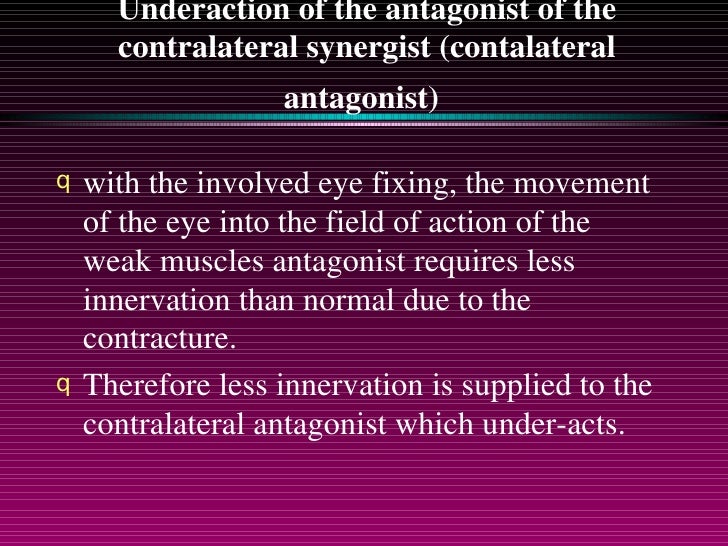



Paralytic Strabismus
Rare causes of external ophthalmoplegia, to be considered when the motility pattern is variable or not fitting an ocular motor nerve pattern, include myasthenia gravis and congenital fibrosis of the extraocular muscles Myasthenia most often presents as ptosis with exotropiaA family history of strabismus is a risk factor Farsightedness may be a contributing factor, often in children AnyA case with nonparalytic pontine exotropia (NPPE) due to brainstem infarction is reported A 77yearold hypertensive man suddenly developed dizziness, double vision, dysarthria, and right ataxic hemiparesis Oculomotor findings on admission consisted of (1) full right exotropia in




Lateral Rectus Muscle Differentiation Potential In Paralytic Esotropia Patients Bmc Ophthalmology Full Text




Divergent Strabismus An Overview Sciencedirect Topics
Sagging eye syndrome, a connective tissue condition, can cause vertical or horizontal strabismus LoeysDietz syndrome (genetic) puts children at risk for strabismus Conventional Treatment For esotropia or exotropia, depending on the type and severity, treatment may include surgery, glasses, and/or visual trainingMost types of infant and childhood strabismus are comitant Paretic strabismus can be either comitant or noncomitant Incomitant strabismus is almost always caused by a limitation of ocular rotations that is due to a restriction of extraocular eye movement (ocular restriction) or due to extraocular muscle paresisContralateral paralytic pontine exotropia (PPE) and upgaze palsy are unusual features A conglomerate of the above manifestations may pose a diagnostic ambiguity in oneandahalf syndrome This report describes oneandahalf syndrome with contralateral upper motor neuron facial palsy complementing the "crossed" hemiparesis
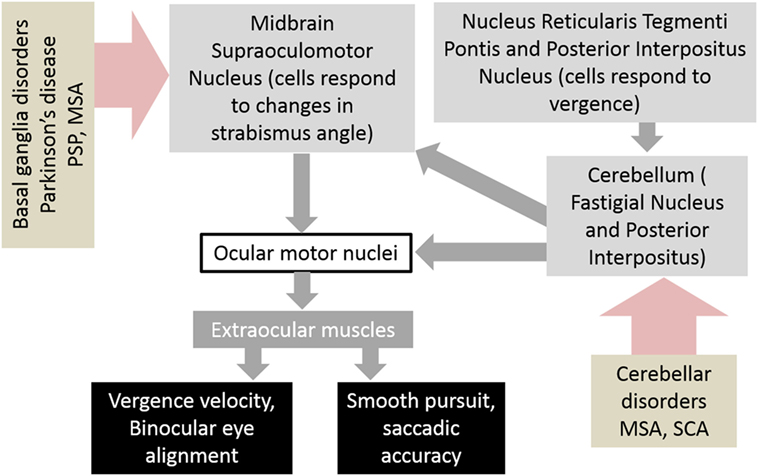



Frontiers Vergence And Strabismus In Neurodegenerative Disorders Neurology




Decompensated Esophoria As A Benign Cause Of Acquired Esotropia American Journal Of Ophthalmology
Intraocular Intracranial 13 What is a warning sign in a baby for eyes?However, a causeandeffect relationship between viral infection and ocular motor palsies is not established Abducens nerve palsy is more common than either oculomotor or trochlear nerve palsies Bilateral involvement is unusual Clinical Features The chief complaint is a painless diplopia Examination reveals a paralytic strabismus Girls are more often affected than are boys and theVideo Transcript This is a type of divergent squint that has arisen due to poor vision in one eye There are many different causes of poor vision including problems with the retina or optic nerve Adults who lose vision in one eye tend to develop a divergent squint rather than a convergent one, whereas the opposite is true of children
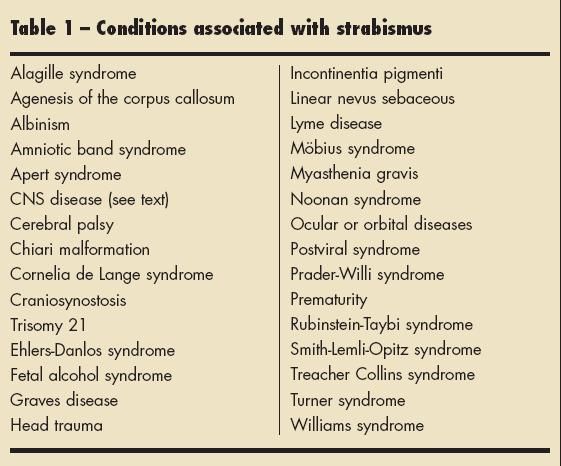



Strabismus
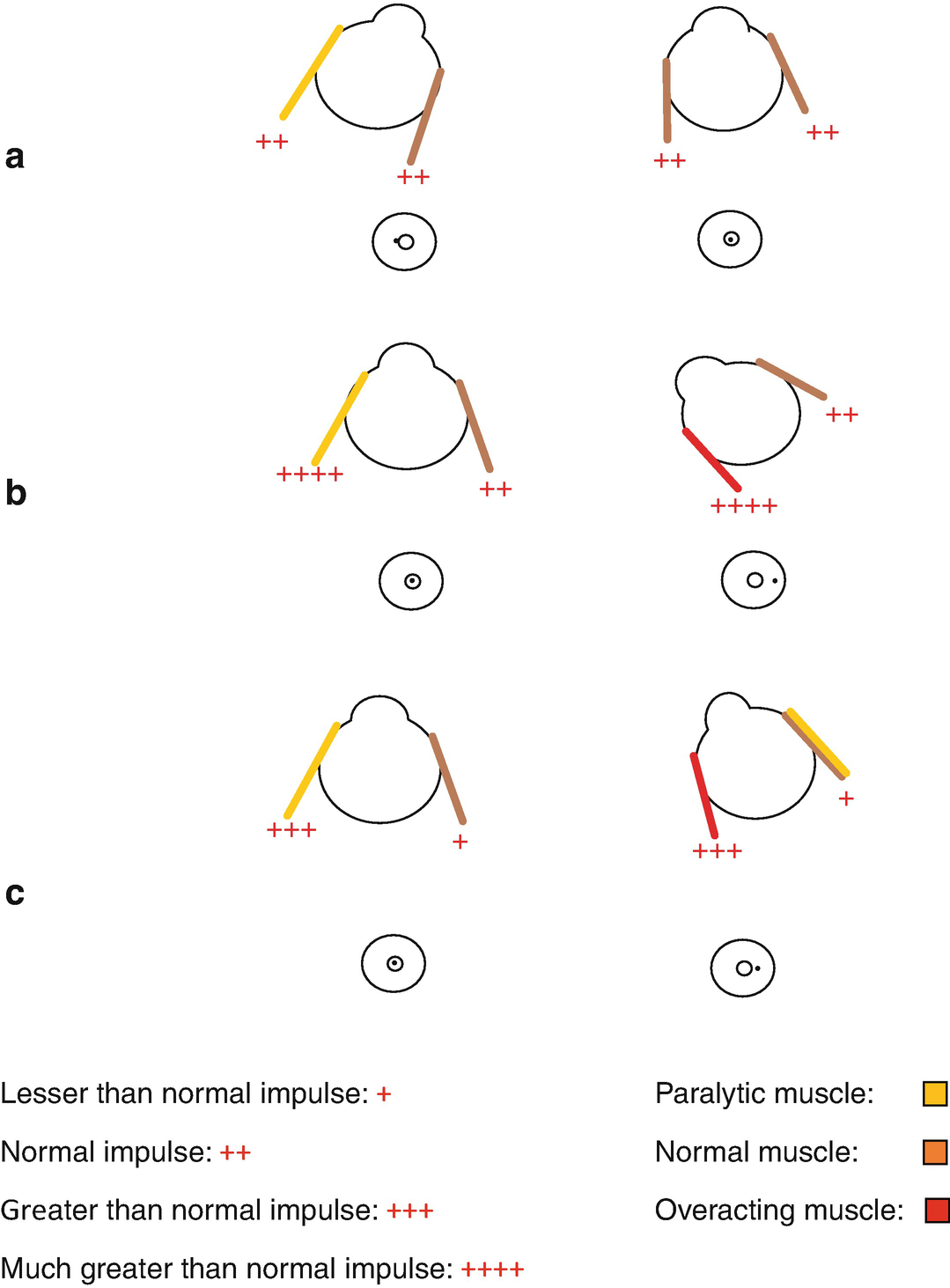



Incomitant Strabismus And Principles Of Its Management Springerlink
An acquired, slowly progressive third nerve palsy with a meningioma or schwannoma may be associated with aberrant regeneration also Decreased corneal sensitivity in neurofibromatosis type 2 indicates 5 th nerve involvement with the 3 rd nerve palsy 2 Adult acquired 3 rd nerve palsy is bilateral 11% of the time, a complete palsy in 33%, andSymptoms of restrictive or paralytic strabismus are similar to those of other types of strabismus They may occur suddenly if they result from an injury, inflammation or neurologic conditionParalytic, muscular or orbital causes (generally incomitant) Supranuclear causes (generally comitant) Most common types of strabismus in children Supranuclear causes Infantile esotropia Accommodative esotropia Sensory esotropia Acquired late esotropia Intermittent exotropia Pattern strabismus Monofixation syndrome




Strabismus Omar Abughanimeh Seminar Content Introduction Definition Causes
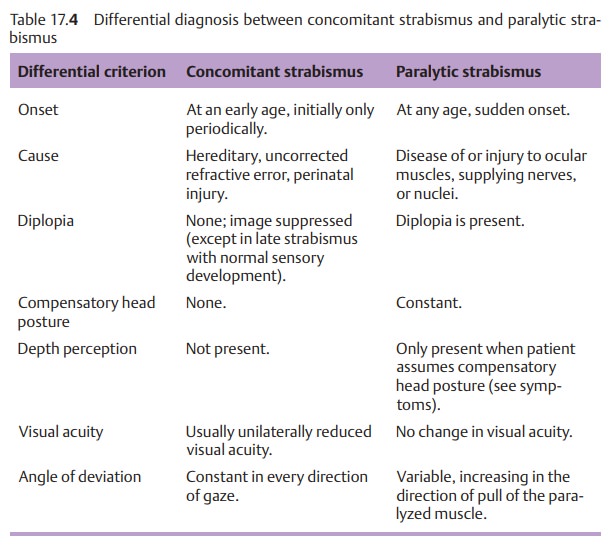



Ophthalmoplegia And Paralytic Strabismus
Constant exotropiaoften associated with neurological problemsoften poor vision in 1 eye 14 How does paralytic strabismus present? Mental illness Adults who suffer from nonparalytic forms of strabismus face are recorded to have an increased risk of mental illness A casecontrolled study and survey showed that adults with divergence insufficiency and smallangle hypertropia forms of strabismus may be at a higher risk of suffering mental illness and its comorbiditiesPatients not residing in Olmsted County at the time of their diagnosis were excluded Intermittent exotropia was defined in this study as an intermittent distance exodeviation of at least 10 prism diopters (PD) without an underlying or associated neurologic, paralytic, or anatomic disorder
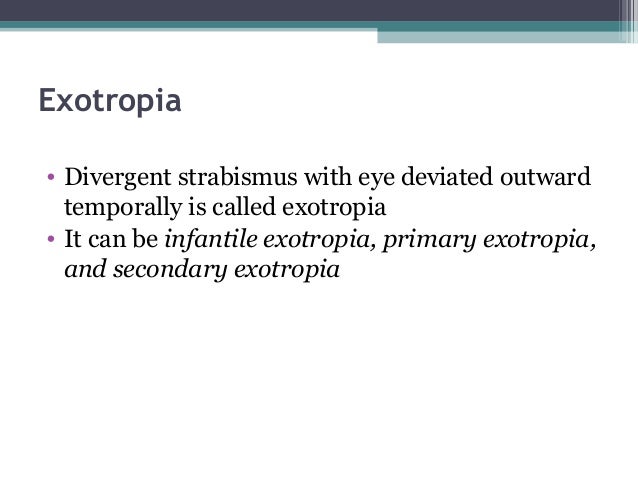



Strabismus




Acute Onset Of Upbeat Nystagmus Exotropia And Internuclear Ophthalmoplegia A Tell Tale Of Ponto Mesencephalic Infarct Semantic Scholar
It similarly highlights nonparalytic pontine exotropia and skew deviation as important causes of acute onset acquired strabismus, and transient torsional nystagmus as a rare but relevant localising feature in pontine strokes causing INO Acute onset of this constellation of signs is highly suggestive of pontine infarction Nonaccommodative acquired esotropia includes acute onset esotropia, sensory esotropia (resulting from poor vision in one eye), and consecutive esotropia after a previous surgery to correct exotropia Other causes of esotropia include convergence excess, convergence spasm, and divergence insufficiency3,4,6 nerve palsies 12 True strabismus can be associated with what serious pathology?
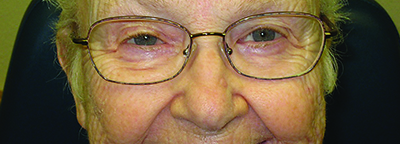



How To Take On Strabismus In Adults



Strabismus Ananthaksha Super Speciality Eye Hospital
Design a decisionmaking scheme for patients with intermittent exotropia Recognize three causes of incomitant exotropia Case 3yo boy presents with "eyes drifting out" per mom No prior specs, injury, surgery Convergence Paralysis Usually part of Parinaud's dorsal midbrain syndrome (limited upgaze, retraction nystagmus, lightnear Theories as to neurophysiologic causes of infantile exotropia include (1) deficient development of the convergence system during the vulnerable early period between 2 and 4 months of age;6, 7 (2) monocular defocusing and total deprivation from birth;
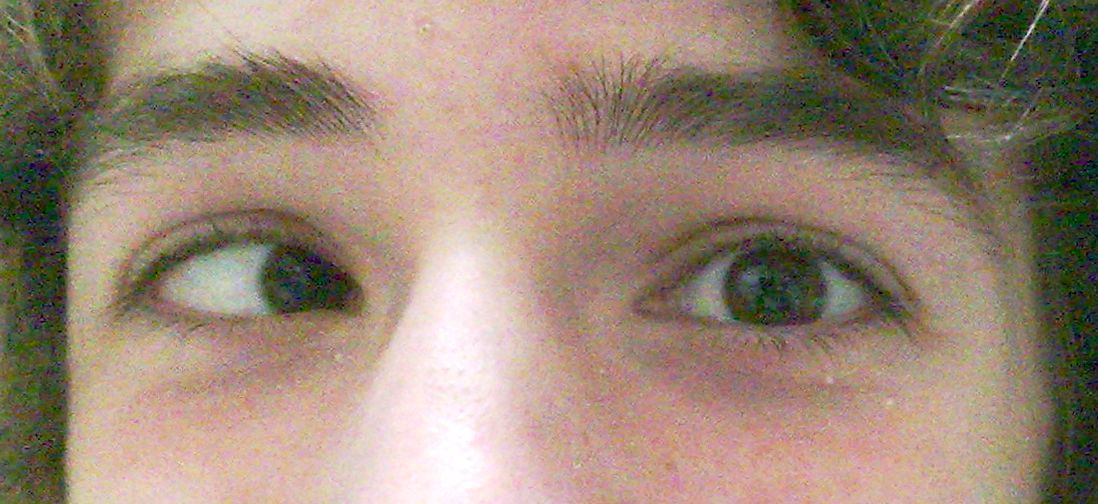



Esotropia Wikipedia
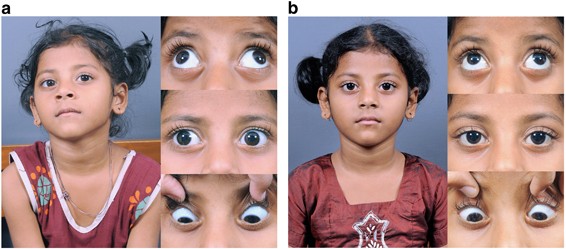



Pattern Strabismus And Torsion Needs Special Surgical Attention Eye
Kiyoung, et al, also reported that vascular causes display maximum recovery rate and a short recovery time 15 Conclusion Paralytic strabismus is caused by several reasons First, disease management is either medical or surgical Vascular causes show the highest rate of recovery and the shortest recovery period compared to other factorsExotropia is generally a more intermittent and slowly progressive disorder, allowing for observation over time However, a child with any form of strabismus should be seen as soon as possible by an eye specialist to rule out vision loss or a visually dangerous or unexpected cause of the deviation Sometimes esotropia isn't present from birthParalytic Squint Damage to one or more of the three cranial nerves that supply the eye muscles, as a result of poor blood supply to the nerve, pressure on the nerve or inflammation will cause limited eye movements and strabismus Superior Oblique Palsy Lateral Rectus Palsy IIIrd Nerve Palsy




Strabismus A Close Up Look Consultant360




Strabismus Dr Han Wei The 1 St Affiliated Hospital Medical College Zhejiang University Ppt Download
Childhood Exotropia Symptoms, Causes and Management Childhood exotropia (outward deviation) is a horizontal exodeviation characterised by visual axis forming a divergent angle It usually begins as exophoria Exophoria is a condition in which eyes are straight without deviation when both eyes are open However, eye under cover deviates onInjury to the eye; Diabetes (causes a condition known as acquired paralytic strabismus) Graves disease;
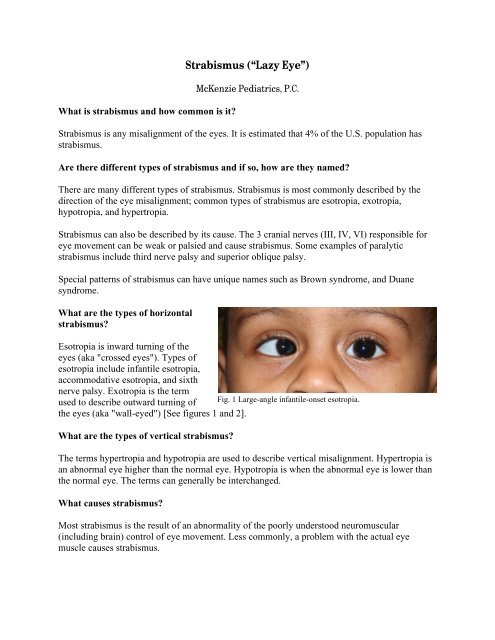



Strabismus Lazy Eye Mckenzie Pediatrics




Paralytic Strabismus
What are causes of paralytic strabismus?If exotropia is atleast 15 prism diopter more in up gaze ( 25 degree up) than the down gaze (35 degree) then it called as V pattern exotropia(Fig1,2,3) Causes of Vpattern strabismus Inferior oblique muscle overaction




Preoperative Characteristics Of Patients With Paralytic Strabismus Who Download Table
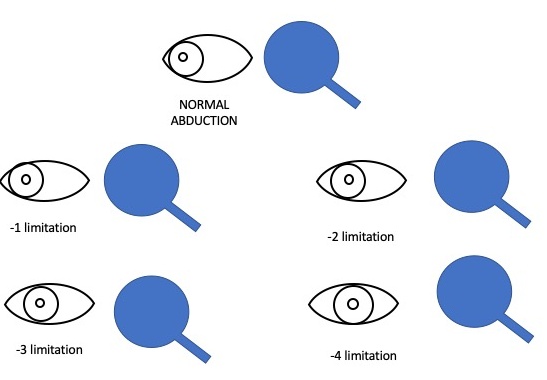



How To Examine A Case Of Strabismus




Pdf Heroin And Strabismus
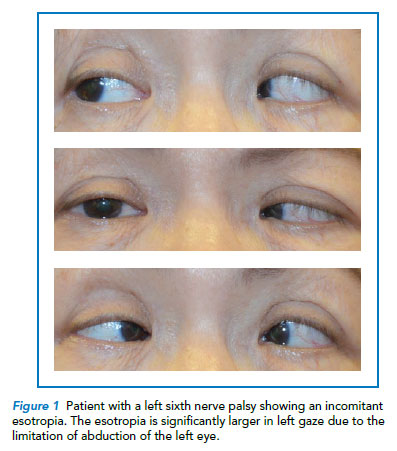



Common Strabismus In Children A Brief Overview Singhealth




Treatment Options For Third Nerve Paralysis Advances In Ophthalmology And Optometry




Strabismus Ento Key




Jaypeedigital Ebook Reader




Ocular Motility Disorders And Strabismus Knowledge Amboss
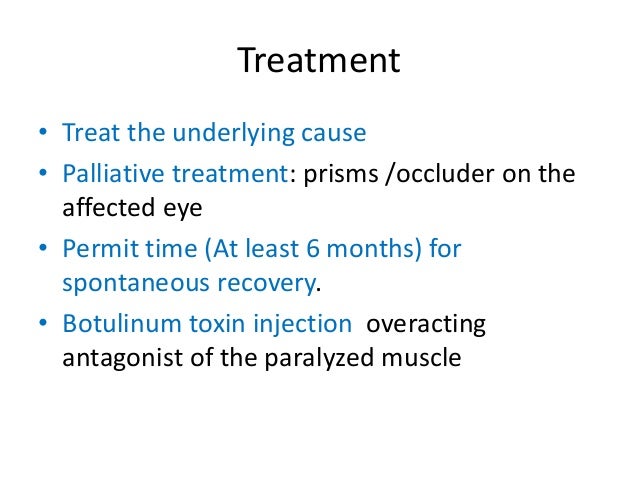



Non Paralytic And Paralytic Strabismus 07 16




Jaypeedigital Ebook Reader




The Prevalence Of Strabismus Types In Strabismic Iranian Patients Opto
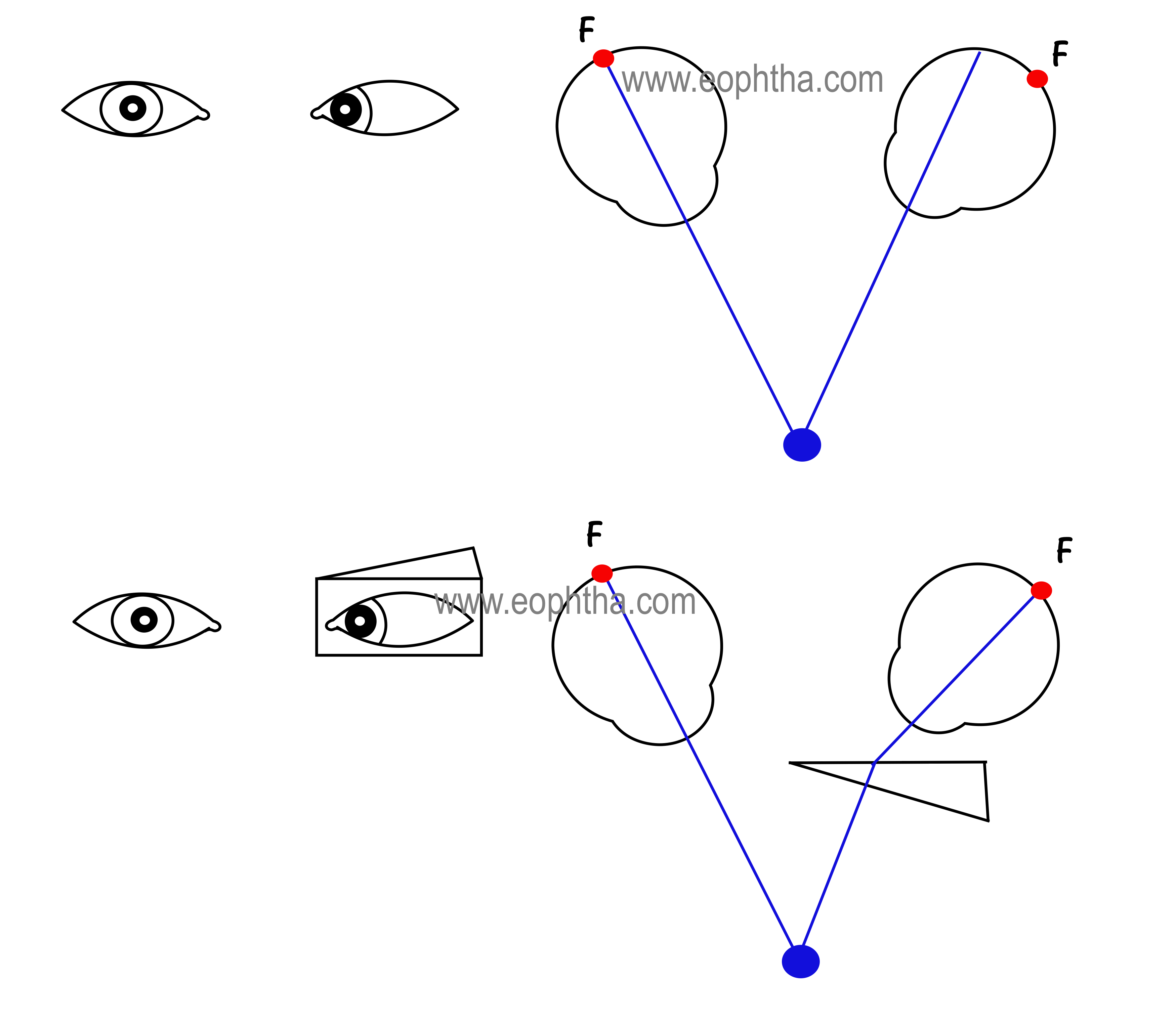



Fun With Prisms In Ophthalmology




Exodeviations An Exodeviation Is A Divergent Strabismus That




Strabismus Ento Key




Jaypeedigital Ebook Reader
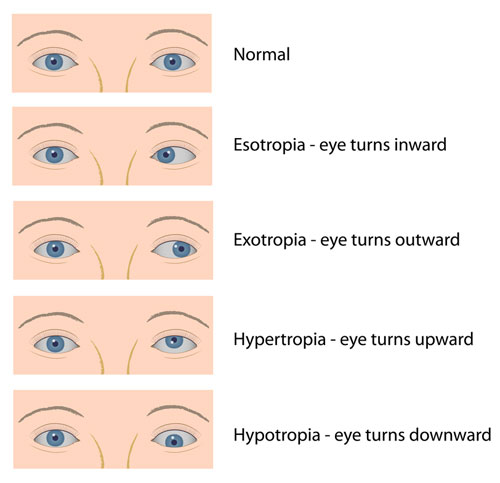



Squint Eye Treatment For Babies Children In Delhi



Effect Of Combining Inferior Oblique Muscle Weakening Procedures With Exotropia Surgery On The Surgical Correction Of Exotropia



2




How To Examine A Case Of Strabismus




Non Paralytic Squint Introduction To Ophthalmology Lecture Slides Docsity




Lateral Rectus Muscle Differentiation Potential In Paralytic Esotropia Patients Bmc Ophthalmology Full Text
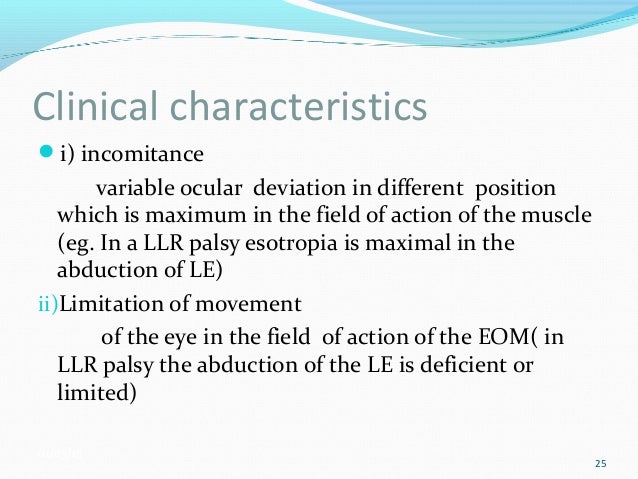



Paralytic Strabismus Features And Investigations Of Paretic Strabism




Pdf Management Of Restrictive Strabismus




Strabismus Pediatrics Msd Manual Professional Edition




Strabismus Ento Key
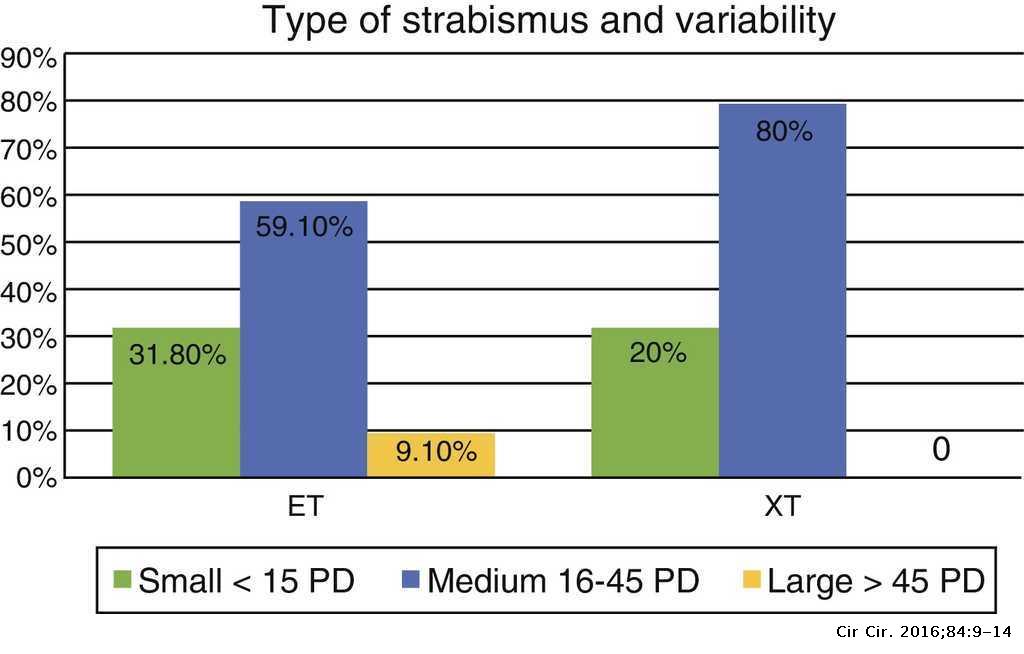



Clinical Features Of Strabismus In Psychomotor Retardation Cirugia Y Cirujanos English Edition




Exotropia Eyes Turn Outward Causes Symptoms Treatment Vision Center
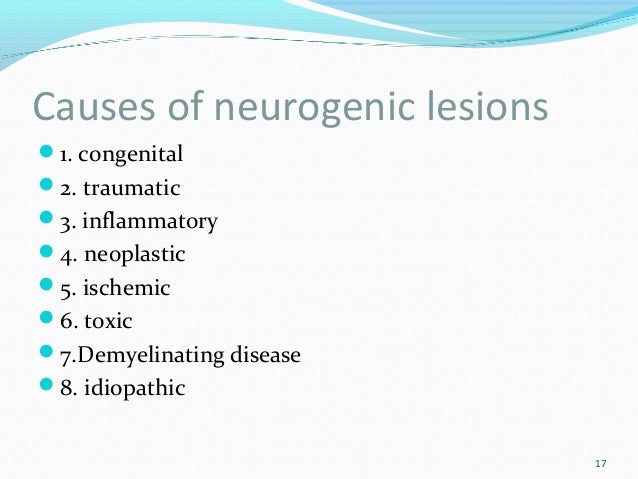



Paralytic Strabismus Features And Investigations Of Paretic Strabism




Comparison Of Surgical Outcomes Between Bilateral Recession And Unilateral Recession Resection In Moderate Angle Intermittent Exotropia Journal Of American Association For Pediatric Ophthalmology And Strabismus Jaapos
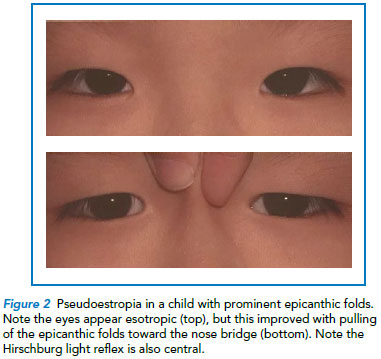



Common Strabismus In Children A Brief Overview Singhealth
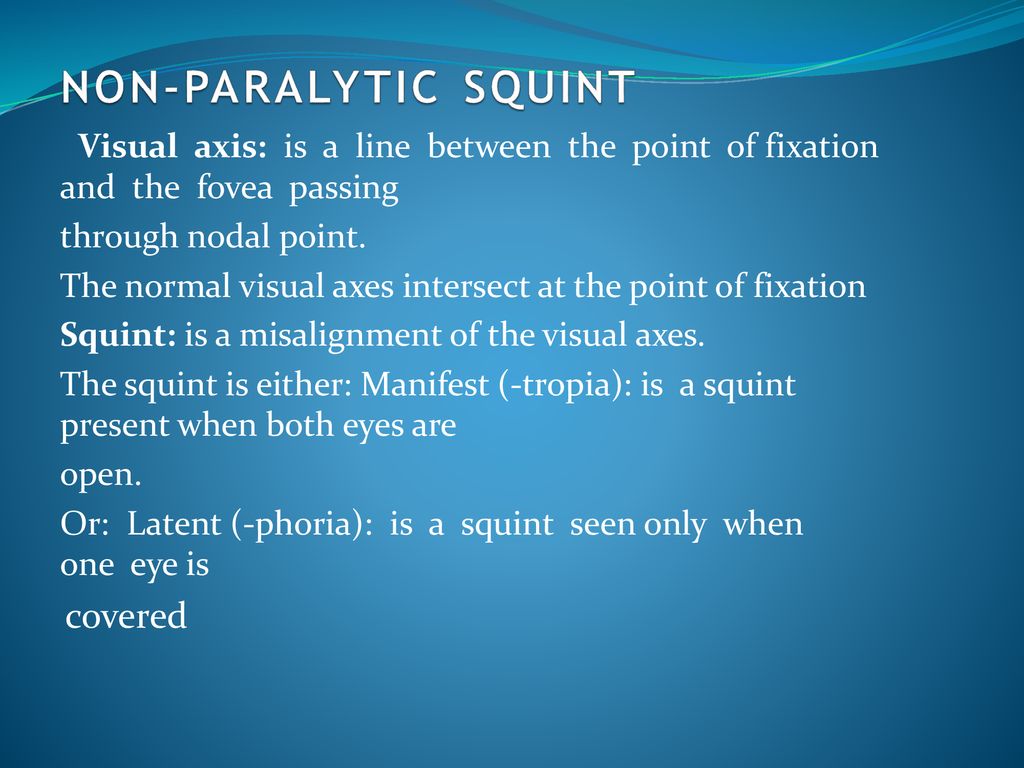



Eye Movements Anatomy And Physiology Ppt Download




Etiology Of Paralytic Strabismus Download Table
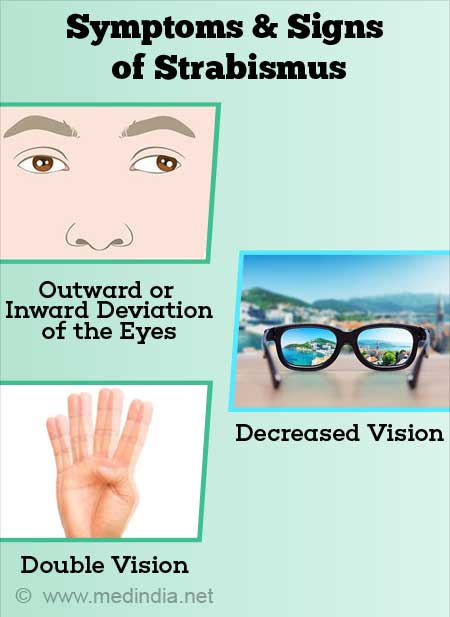



Strabismus Squint Types Causes Symptoms Diagnosis Treatment Prevention




Exotropia Types Symptoms Diagnosis Treatment Prevention




Jaypeedigital Ebook Reader
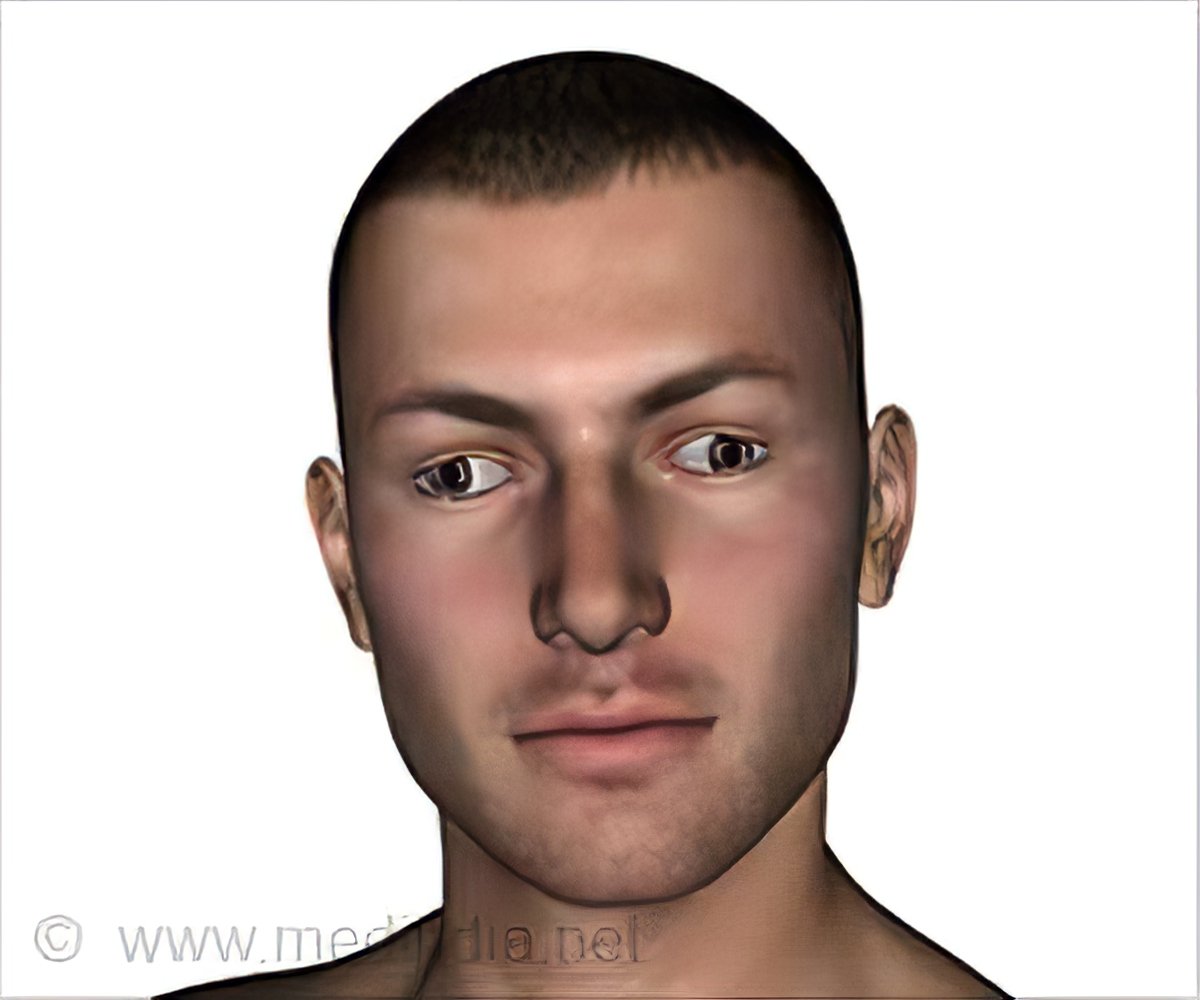



Exotropia Types Symptoms Diagnosis Treatment Prevention
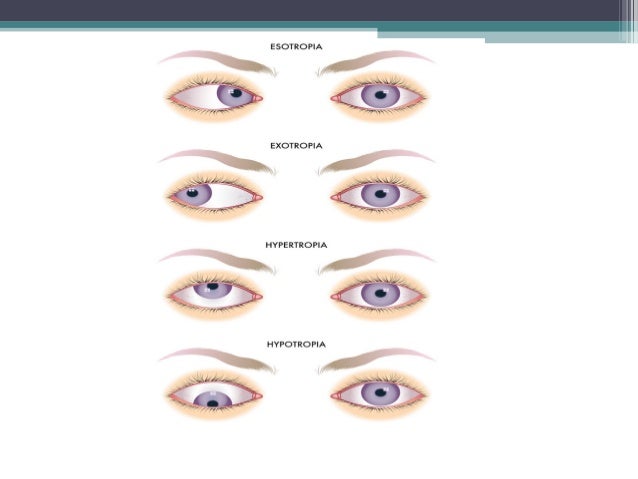



Strabismus




Exotropia Wikipedia
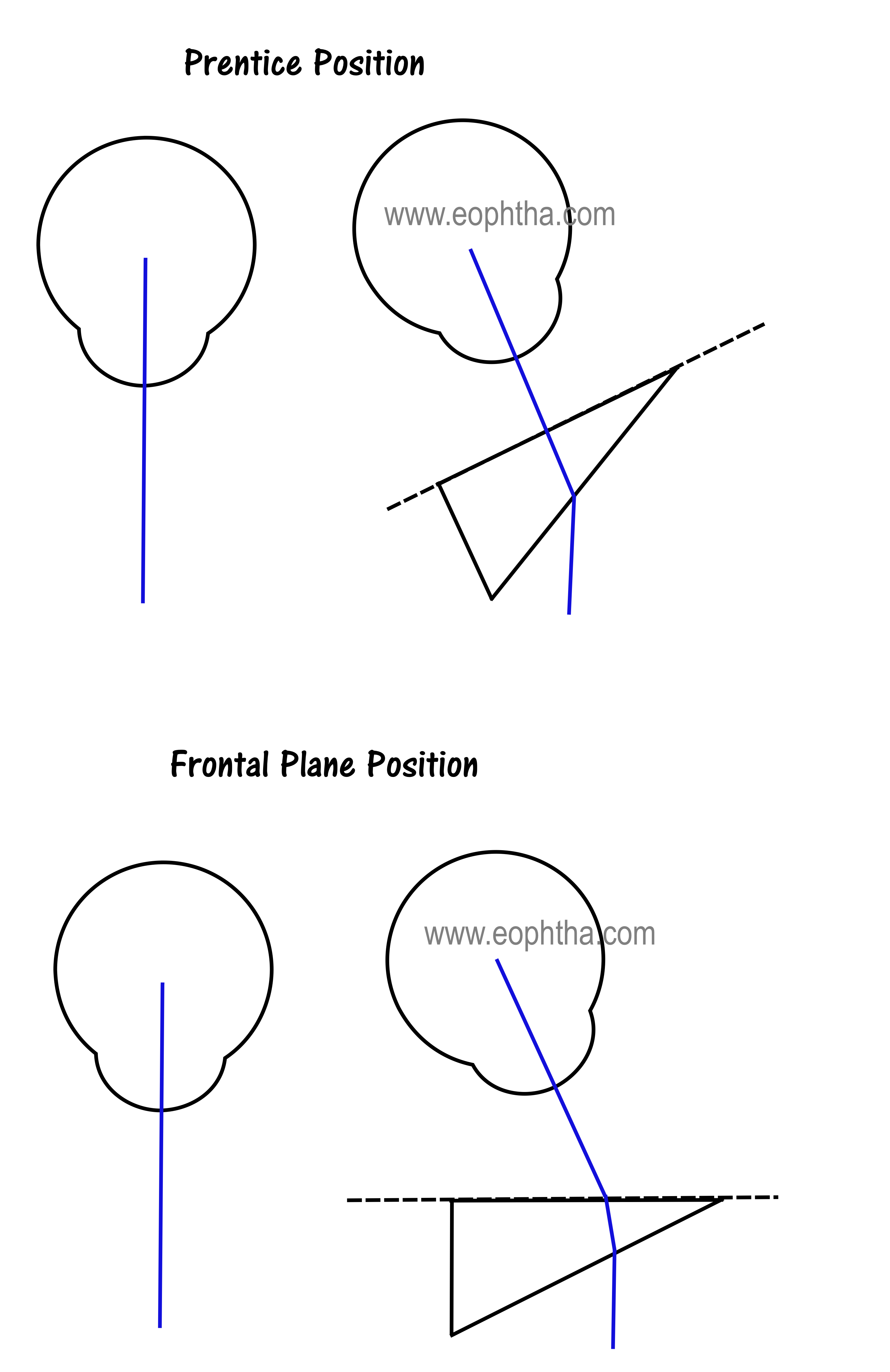



Fun With Prisms In Ophthalmology
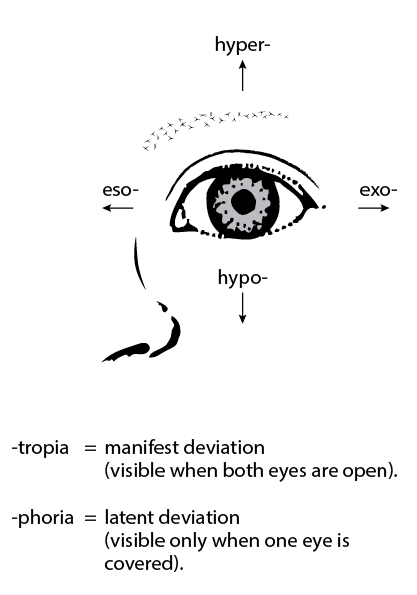



Strabismus Pediatrics Msd Manual Professional Edition




Pediatric Strabismus Nejm



Nystagmus



V Patterns Esotropia And Exotropia And Their Management By Dr Sudhir Singh
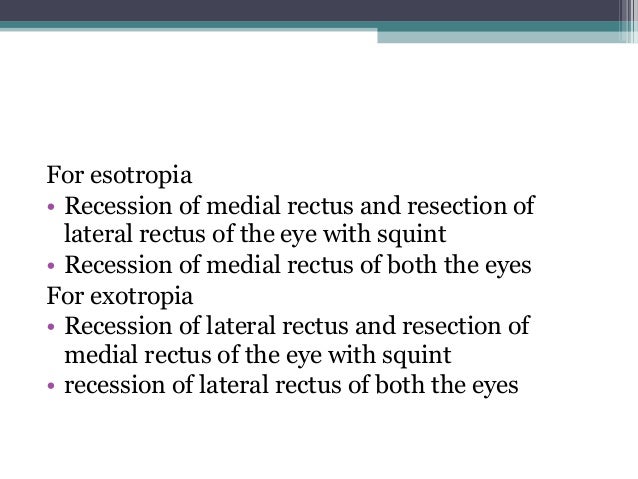



Strabismus




Strabismus Prof Dr Emel Baar Cerrahpaa Tp Fakltesi




Approach To Esotropia And Exotropia In Children Ksos
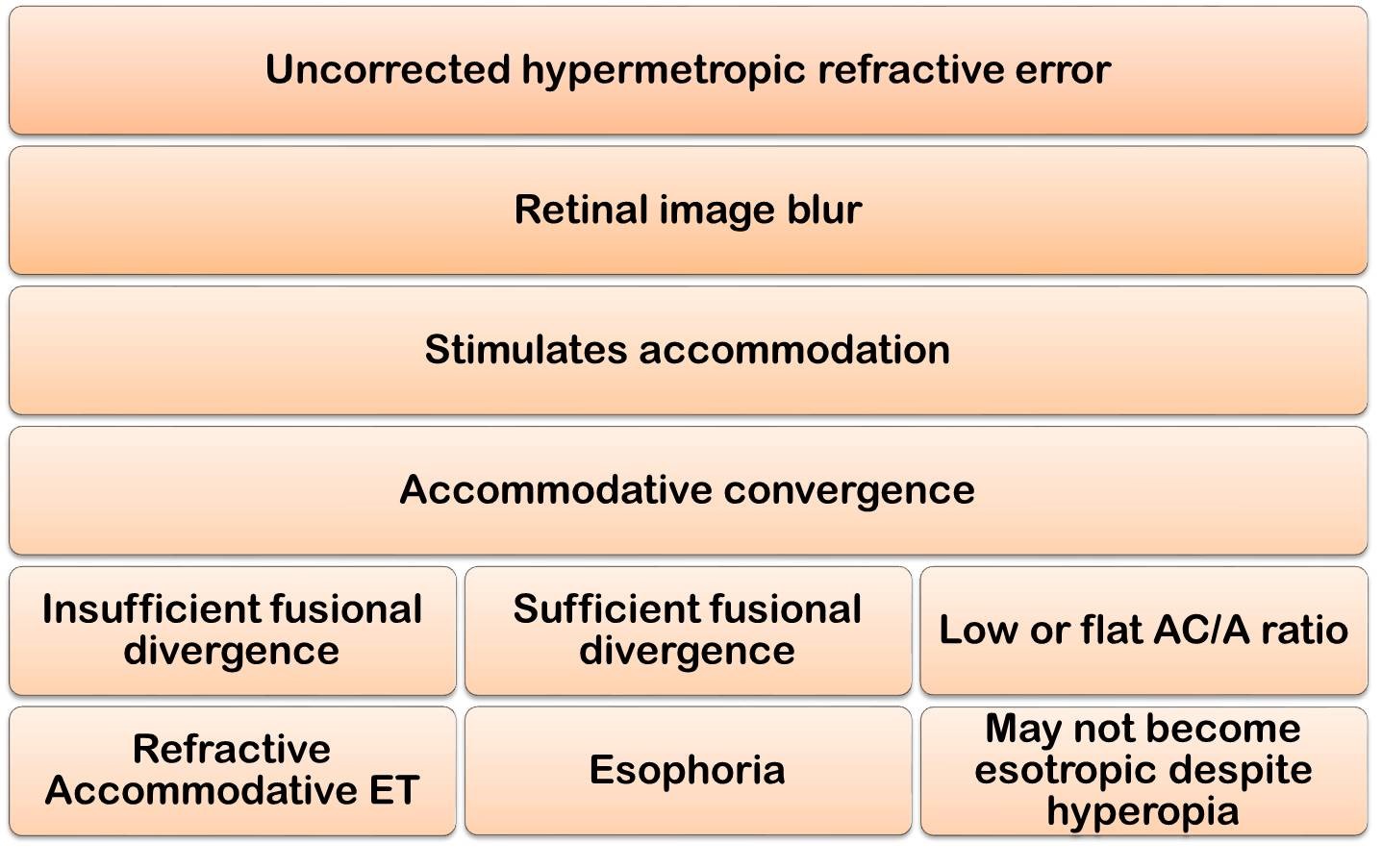



Esotropia Made Simple For The Postgraduates



Sasilik Healt Tourism




Exotropia Is The Main Pattern Of Childhood Strabismus Surgery In The South Of China A Six Year Clinical Review




References In Prevalence Of Strabismus And Its Impact On Vision Related Quality Of Life Ophthalmology




The Prevalence Of Strabismus Types In Strabismic Iranian Patients Opto




Coding Strabismus A Look At The Icd 10 Codes Pages 1 7 Flip Pdf Download Fliphtml5




Non Paralytic And Paralytic Strabismus 07 16




Strabismus Squint Types Causes Symptoms Diagnosis Treatment Prevention
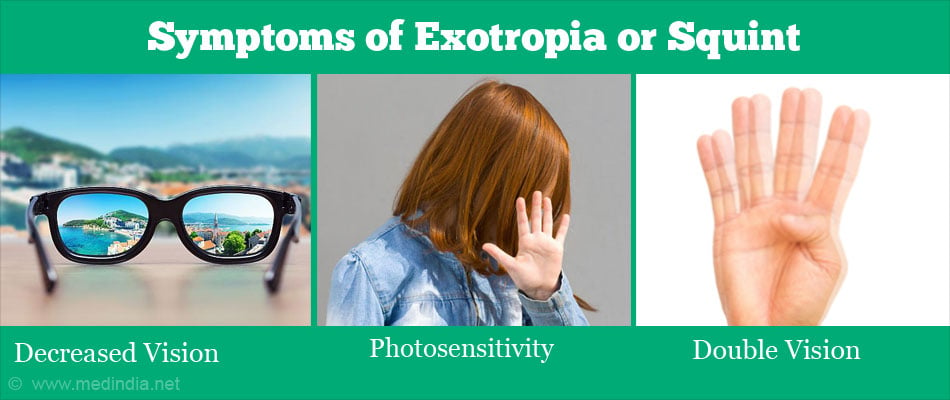



Exotropia Types Symptoms Diagnosis Treatment Prevention




Extrinsic Muscles And Amblyopia The Fourth Affiliated Hospital Of China Medical University Ophthalmology Hospital Of China Medical University Ppt Download




Pdf Surgical Correction For Paralytic Strabismus Using T Plate Anchor



2
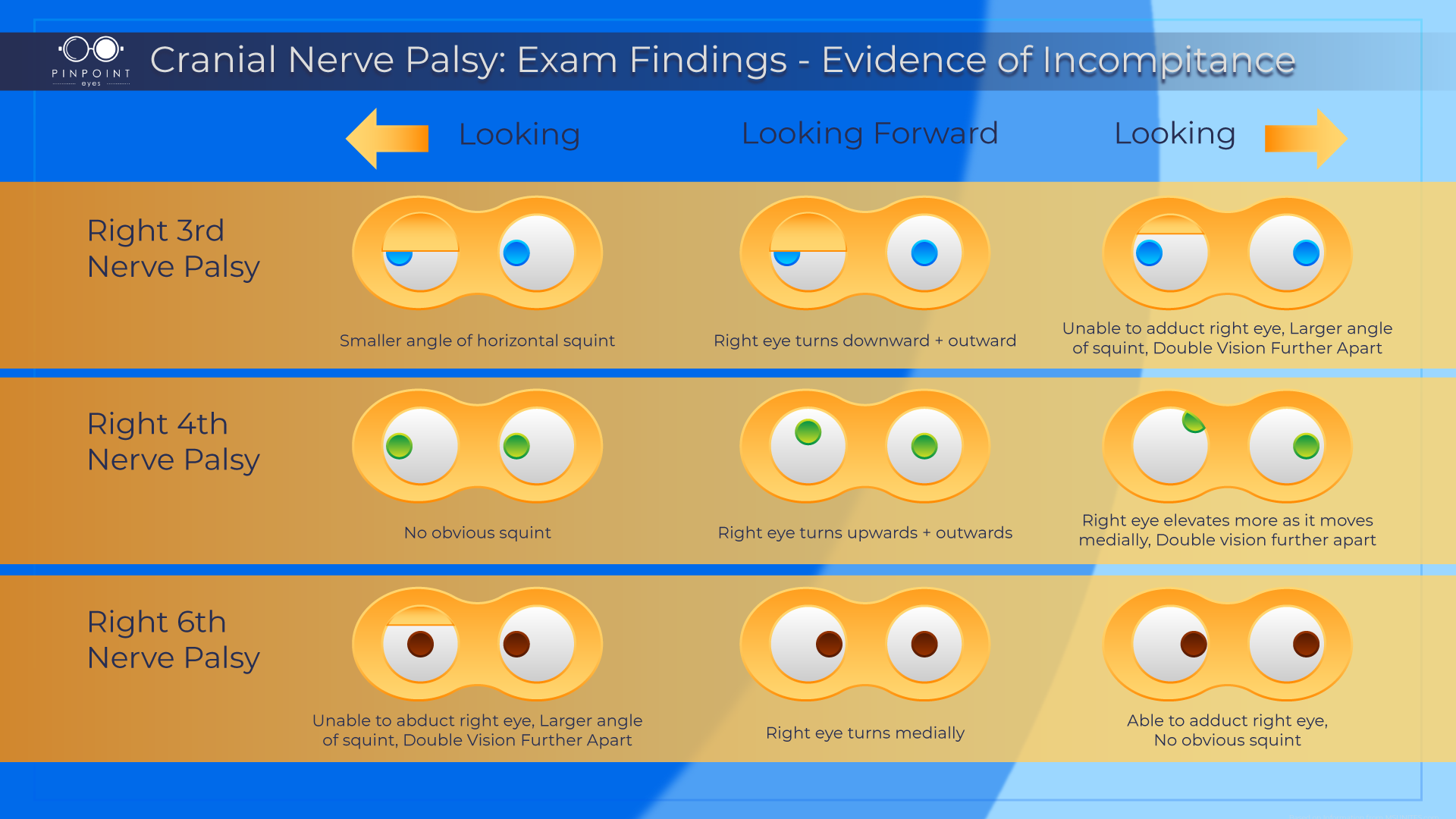



Causes For Strabismus Cranial Nerve Palsy Pinpointeyes



1




Strabismus For 5 Th Yr Medical Students Mutaz Gharaibeh Md Ppt Download




Tracking The Elusive Genes That Cause Strabismus Boston Children S Answers Tracking Elusive Strabismus Genes Starting With Esotropia Vector Blog



Pattern Strabismus American Academy Of Ophthalmology




Figure 2 From Causes Background And Characteristics Of Binocular Diplopia In The Elderly Semantic Scholar
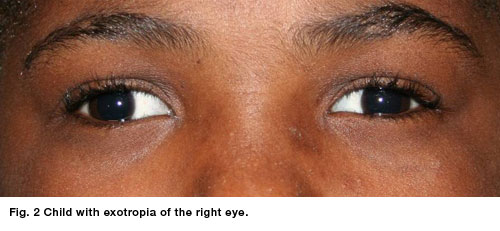



Strabismus Ophthalmology Surgery Center Fioravanti
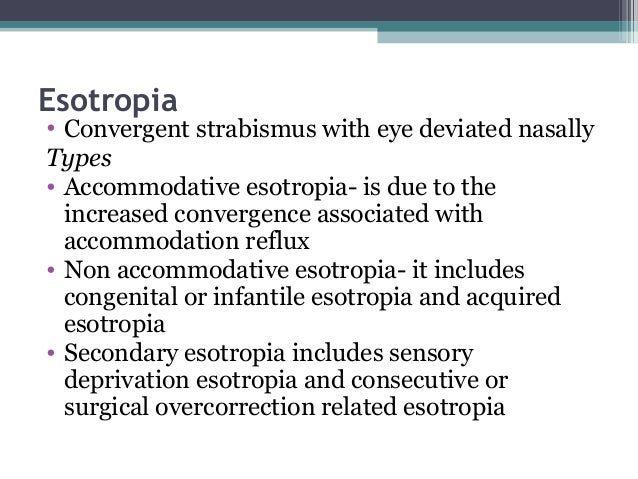



Strabismus
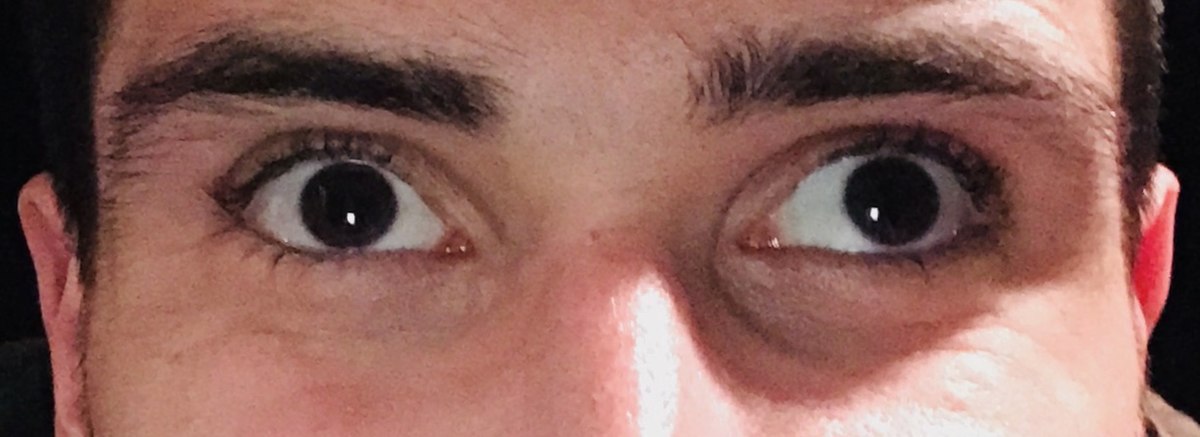



Strabismus Wikipedia




Strabismus Squint Ahmed Ali Amer Lecturer Of Ophthalmology
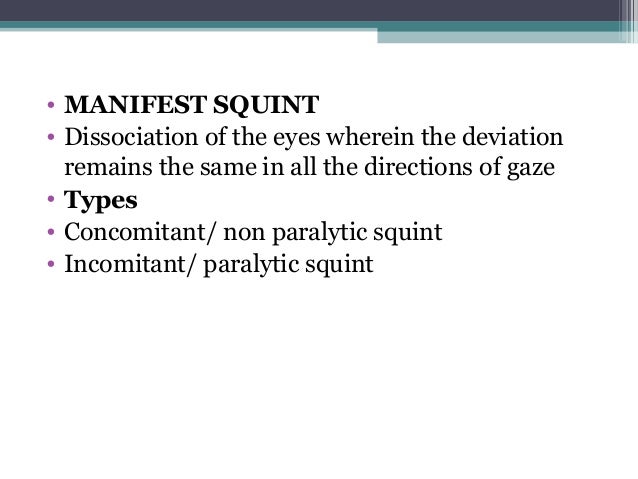



Strabismus
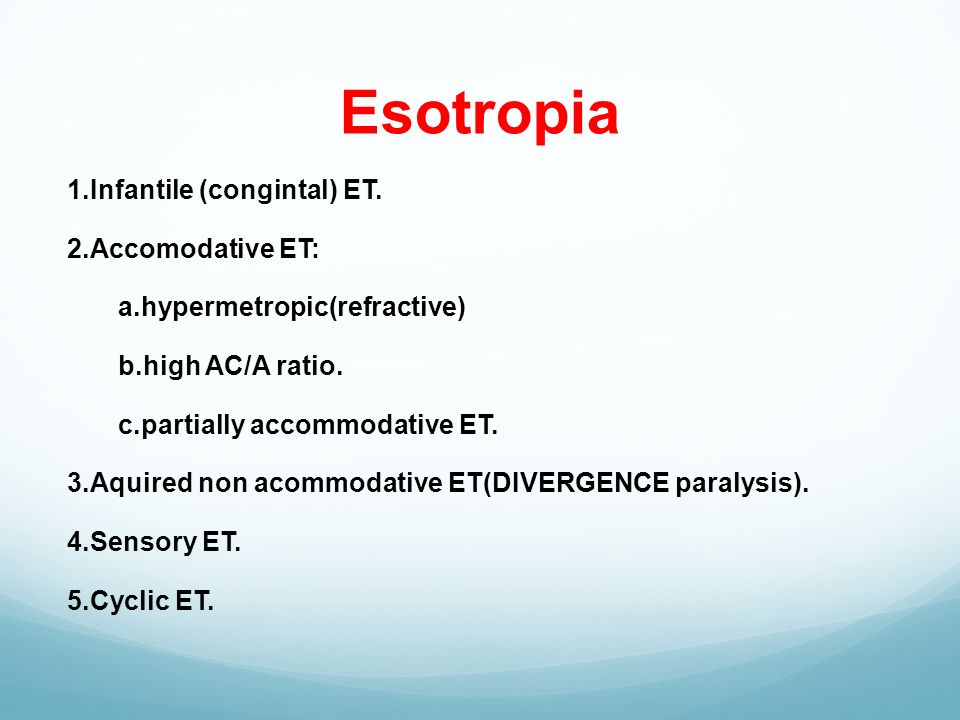



Strabismus Amblyopia Leukocoria Ppt Video Online Download




Eye Disorders Obgyn Key



Article On Strabismus Standard Of Care



1
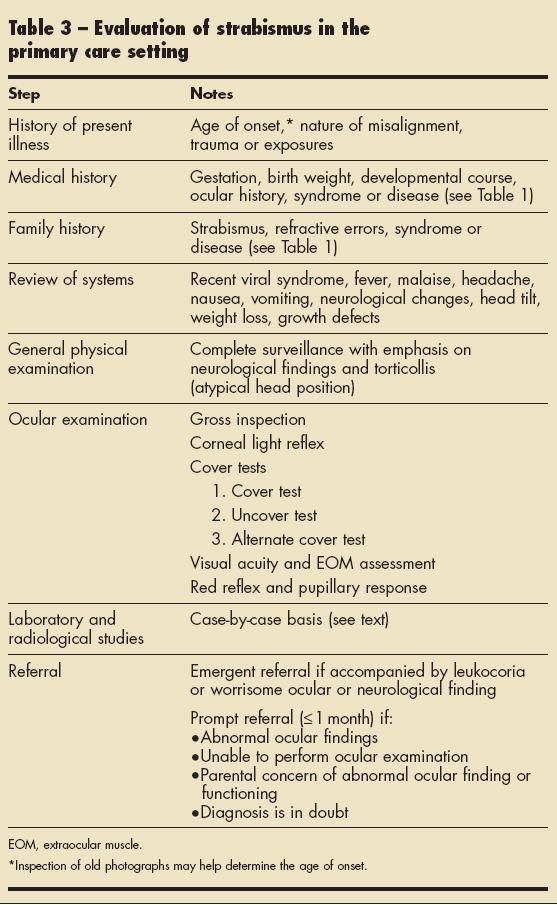



Strabismus




Deviations In Incomitant Strabismus Youtube



1
コメント
コメントを投稿